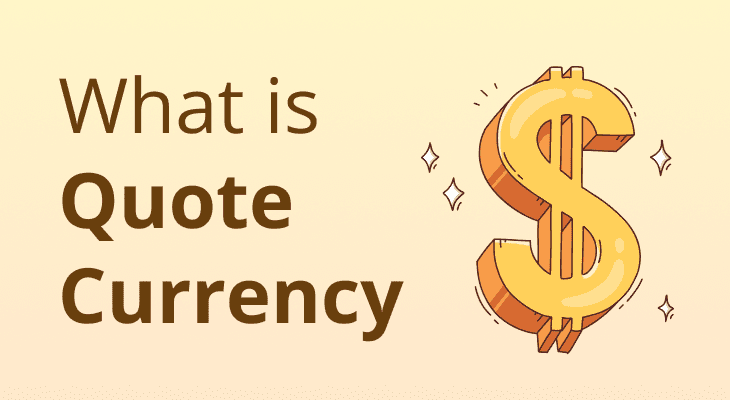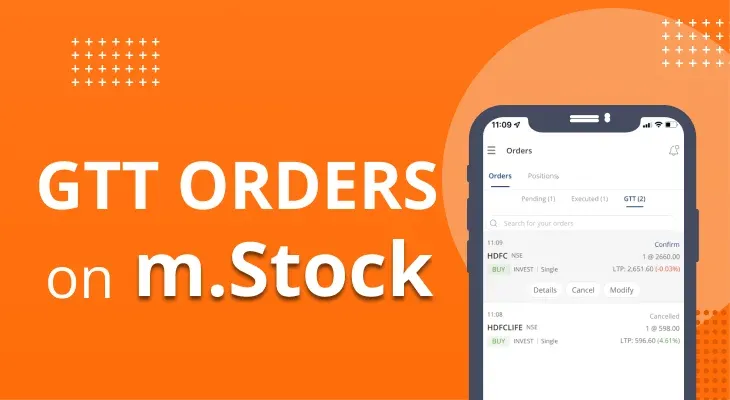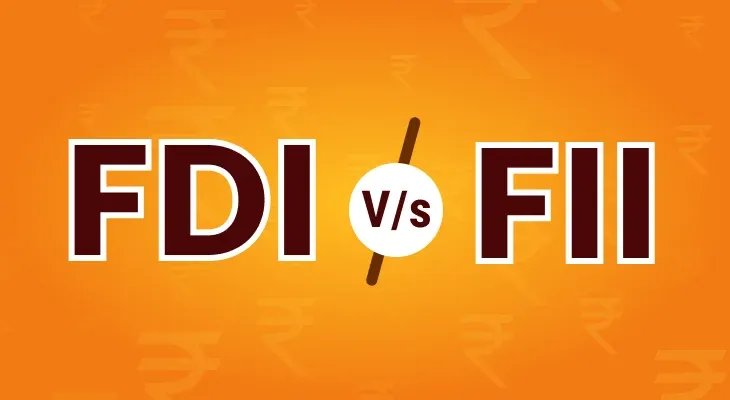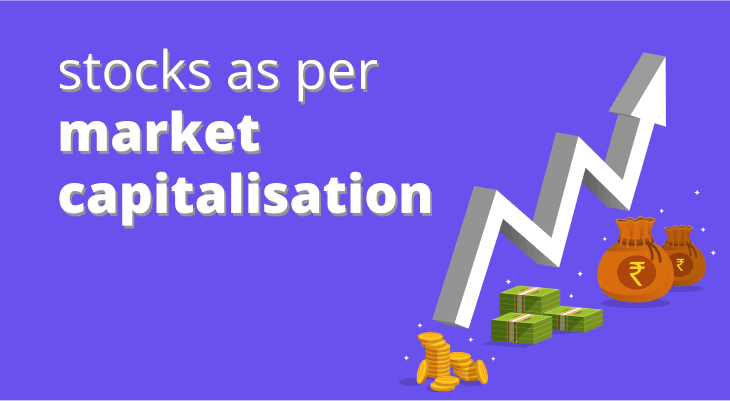
What is Quote Currency: Meaning & Examples
If you’re considering foreign exchange trading or FOREX trading, then understanding the basic terminology is critical to making informed decisions. One of the most fundamental concepts is the quote currency, which plays a central role in currency exchange quotes. Let us break down the meaning, examples, and significance of quote currency, along with the benefits, risks, and key tips for trading in the foreign exchange market.
What is a Quote Currency?
In a currency exchange quote, currencies are always presented in pairs, such as EUR/USD or USD/INR. The quote currency is the second currency listed in a pair and represents the value of one unit of the base currency expressed in terms of the quote currency. Each currency is issued and controlled by its respective country’s central bank, making its value subject to national and global economic conditions. Some of the most traded currencies, often referred to as major currencies, include:
USD (United States Dollar): The most widely traded currency, often considered a global benchmark.
EUR (Euro): The second most traded currency, representing the Eurozone.
JPY (Japanese Yen): Frequently used as a “safe haven” currency during economic instability.
GBP (British Pound): Known for its historical significance and high trading volume.
For example:
In the pair EUR/USD = 1.10, the EUR (Euro) is the base currency, and the USD (US Dollar) is the quote currency. This means 1 Euro equals 1.10 US Dollars.
Key Points About Quote Currency:
It is used to determine how much of it is needed to buy one unit of the base currency.
It reflects the market value of the base currency at a given time.
Understanding Foreign Exchange (FOREX) Trading
Foreign exchange trading, commonly referred to as FOREX or FX, is the global marketplace for buying, selling, exchanging, and speculating on currencies. This decentralised market operates as the backbone of international trade and investment, enabling businesses and individuals to convert one currency into another for various purposes, including commerce, travel, and investment.
Key Features of the FOREX Market
Decentralised Structure
Unlike stock markets, FOREX has no centralised exchange. Instead, trading occurs over-the-counter (OTC) through electronic platforms, banks, brokers, and financial institutions worldwide.
High Liquidity
The FOREX market processes transactions worth trillions of dollars daily, making it one of the most liquid markets globally. This liquidity ensures ease of entering or exiting positions with minimal impact on pricing.Currency Pairs
All trades involve two currencies represented as pairs (e.g., EUR/USD, GBP/JPY). These pairs consist of a base currency (the first listed currency) and a quote currency (the second currency).24-Hour Trading
The market operates 24 hours a day from Monday to Friday. This allows continuous and seamless trading across different time zones and enables traders to respond to news, events, or market developments in real time.Volatility and Speculation
Exchange rates are influenced by numerous factors, including economic data, interest rate policies, geopolitical events, and market sentiment. These fluctuations present opportunities for speculative profits but also carry substantial risks.
Market Participants in FOREX Trading
FOREX trading is not limited to individual traders. Several key players actively participate in this market, each with distinct objectives:
Central Banks and Governments
Regulate currency supply and stabilise exchange rates to maintain economic balance.
Intervene in markets to strengthen or weaken their currency as needed.
Commercial and Investment Banks
Act as intermediaries for retail traders and corporations.
Handle large-scale currency transactions for multinational clients.
Corporations
Engage in currency exchange for cross-border trade and investment purposes.
Use FOREX for hedging against currency fluctuations.
Retail Traders
Speculate on currency movements for profit using online trading platforms.
Benefit from leveraging tools but face higher risks due to market volatility.
Hedge Funds and Institutional Investors
Use FOREX as part of broader investment strategies.
Trade in significant volumes to capitalise on market inefficiencies.
Tips and Factors to Keep in Mind
Here are some currency trading strategies and factors to consider when dealing with quote currencies:
Monitor Economic Indicators: Data like GDP, inflation, and unemployment rates significantly affect currency values.
Understand Interest Rates: Central bank policies directly impact exchange rates.
Stay Updated on Global Events: News on geopolitical tensions or trade agreements can influence currency prices.
Use Risk Management Tools: Set stop-loss and take-profit orders to mitigate risks.
Diversify Investments: Avoid relying solely on one currency pair to reduce risk exposure.
When is Currency Trading Conducted?
In practicality, the global FOREX market operates on a 24x5 basis, – 24 hours a day, five days a week – enabling traders worldwide to participate at almost any time. This continuous trading is made possible by the global nature of the market, where trading sessions in different financial hubs overlap, creating a seamless cycle of activity. In India, though, the FX market is open between 9:00 AM and 5:00 PM IST on every working day. However, over the counter trades can be placed anytime using your trading platform.
Benefits of 24/5 Currency Trading
Following are some key benefits of Currency Trading that one needs to know:
Flexibility: Traders can choose a session that suits their time zone or lifestyle.
Global News Integration: Continuous trading allows immediate reactions to news and economic data.
Opportunities Around the Clock: Volatility and liquidity vary across sessions, giving traders diverse opportunities.
From a global timezone perspective, the FOREX market is divided into four major trading sessions based on key financial centres:
Sydney Session: Begins the trading day, focusing on activity in the Asia-Pacific region.
Tokyo Session: Marks the Asian trading hours, featuring active trading of currencies like JPY, AUD, and NZD.
London Session: One of the most active sessions due to its overlap with the Asian and North American sessions.
New York Session: Represents North America, where significant trading activity occurs, especially in USD-related currency pairs.
Conclusion
The quote currency is a vital element in understanding and navigating the forex market. From its role in foreign exchange quotes to its significance in currency valuation, mastering this concept equips traders and businesses to make smarter decisions. However, the risks of forex trading cannot be overlooked, making it essential to approach the market with caution and a well-thought-out strategy.
FAQ
What is a Quote Currency?
The quote currency is the second currency listed in a currency pair in the foreign exchange (FOREX) market. It represents how much of this currency is needed to purchase one unit of the base currency. For example, in the pair USD/INR = 84.50, INR is the quote currency, indicating that 84.50 INR is required to buy 1 USD.
How do the Base Currency and Quote Currency differ?
In a currency pair, the first currency that is listed is known as the base currency, and the quote currency is the second one. The base currency’s value is always 1. The quote currency represents the amount that is needed to buy one unit of the base currency. For example, in EUR/USD = 1.10, EUR is the base currency, and USD is the quote currency.
How does the Quote Currency affect currency exchange rates?
The quote currency directly determines the exchange rate by expressing the value of the base currency in its terms. Changes in the quote currency's economic or political conditions can lead to fluctuations in exchange rates, affecting the cost of transactions.
Why is the Quote Currency important in FOREX trading?
The quote currency is crucial for traders to determine the price of buying or selling the base currency. It also helps assess the potential profit or loss in a trade and calculate transaction costs.
Can the Quote Currency change in a currency pair?
No, the quote currency remains fixed for a specific currency pair. However, you can choose to trade the reverse pair where the base and quote currencies are swapped. For example, instead of trading USD/JPY, you can trade JPY/USD.
How do I calculate profits using the Quote Currency?
Profits are calculated in the quote currency. For example, if you buy USD/JPY at 130.00 and sell it at 131.00, your profit will be in JPY. To convert it into your local currency, you’ll need to use the current exchange rate.
What is an example of a Quote Currency in daily transactions?
When exchanging currency for travel, the local currency of your destination becomes the quote currency. For instance, if you’re travelling to Europe from India, the EUR/INR pair will have INR as the quote currency, showing how much INR is required to buy 1 EUR.
How does the Quote Currency impact cross-currency trading?
In cross-currency trading, neither currency is USD. The quote currency still plays the same role by representing the amount needed to buy one unit of the base currency. For example, in EUR/JPY = 150.25, JPY is the quote currency.
What role does the Quote Currency play in international trade?
In international trade, the quote currency facilitates pricing and payment across borders. For instance, when an Indian company buys goods from the U.S., the USD/INR exchange rate is used, where INR is the quote currency.
Are there any risks associated with the Quote Currency?
Risks include exchange rate fluctuations that can increase the cost of transactions or reduce profits. Economic or political instability in the quote currency's country can also lead to market volatility and affect FOREX trades.


